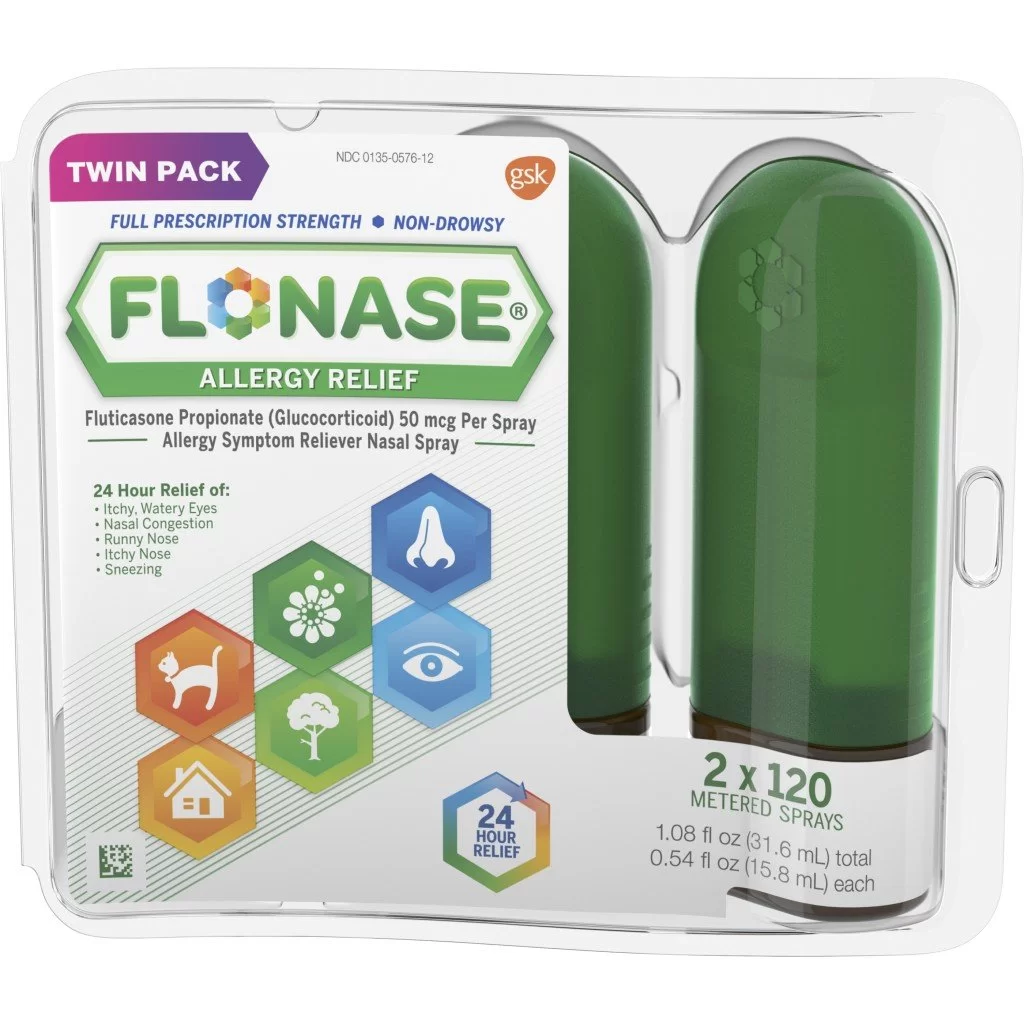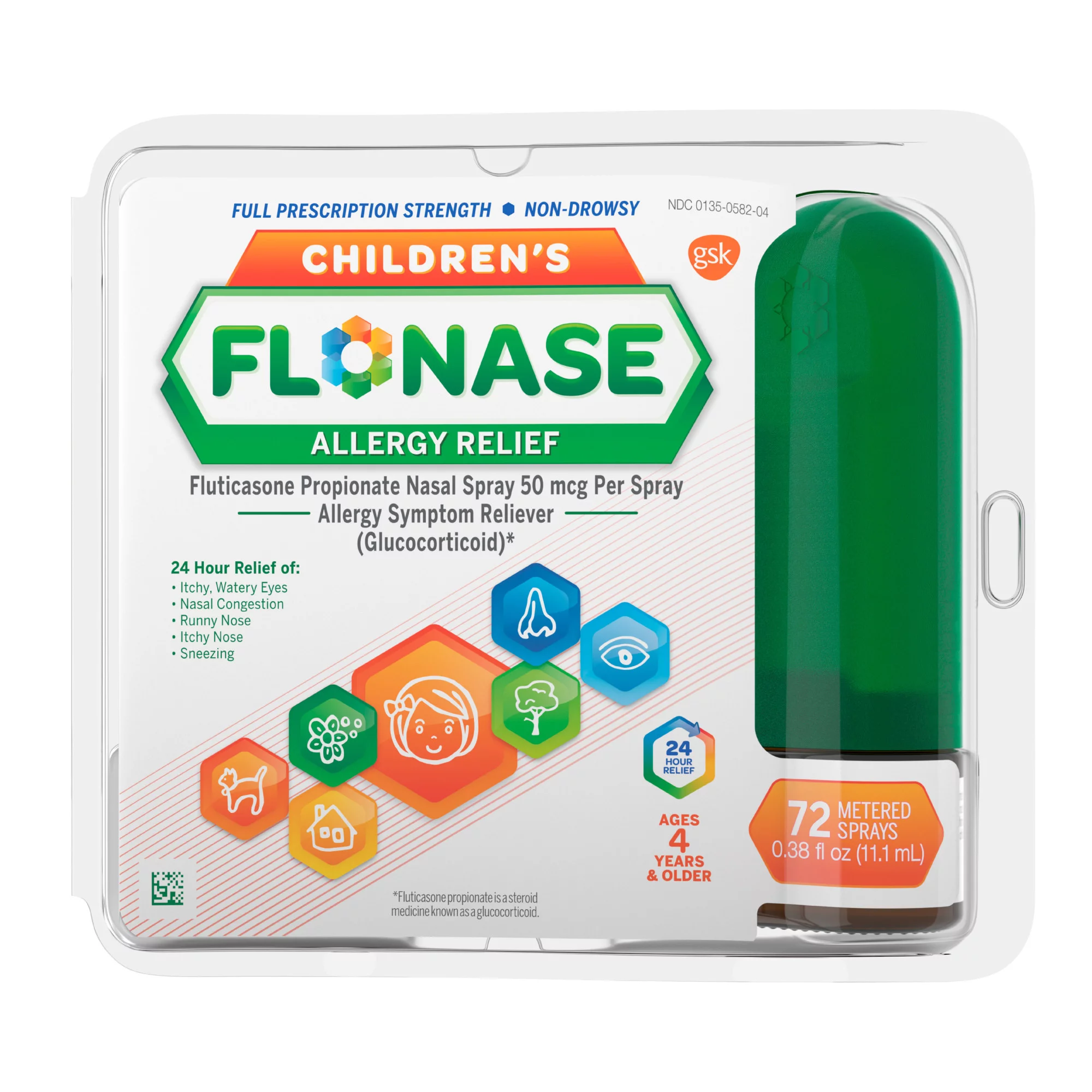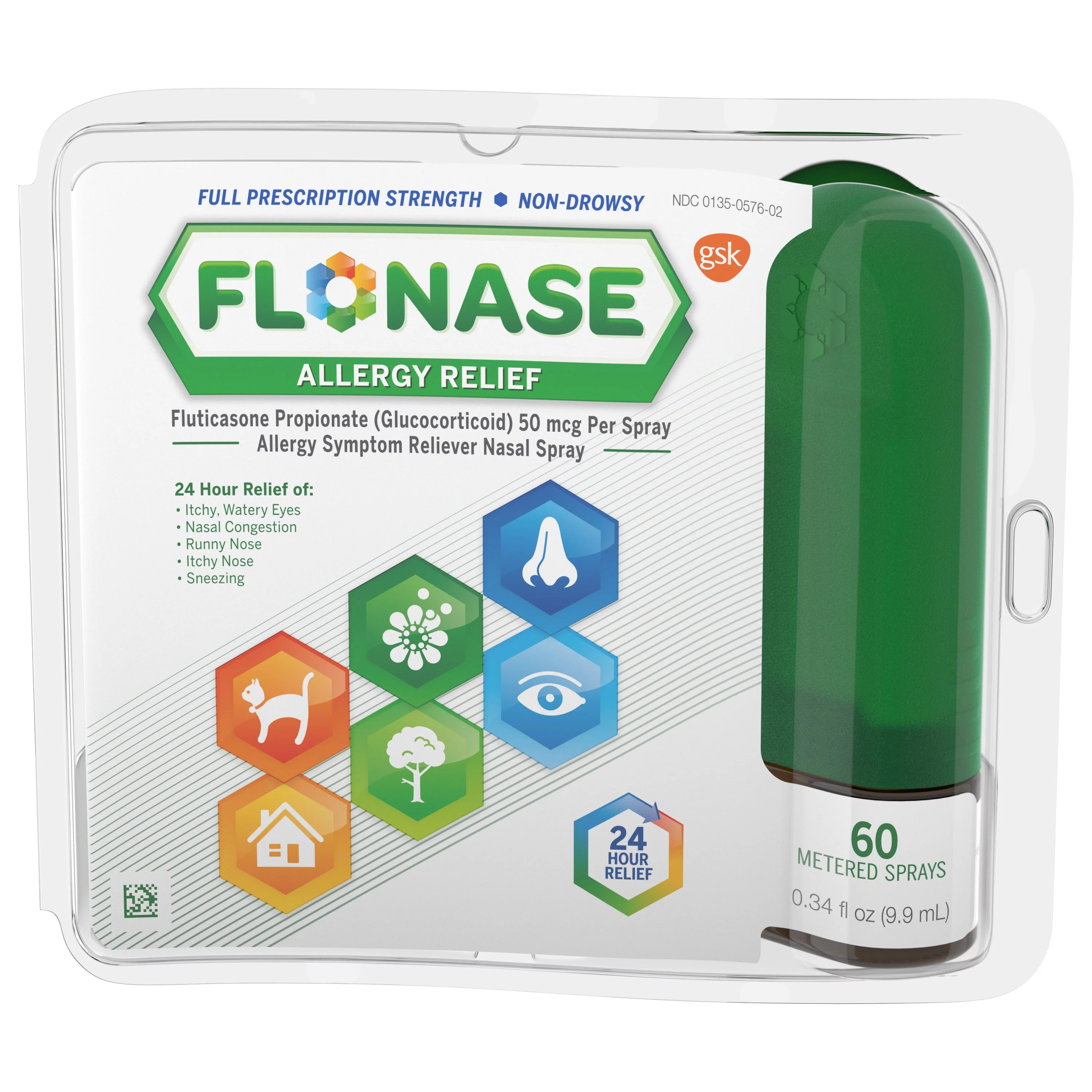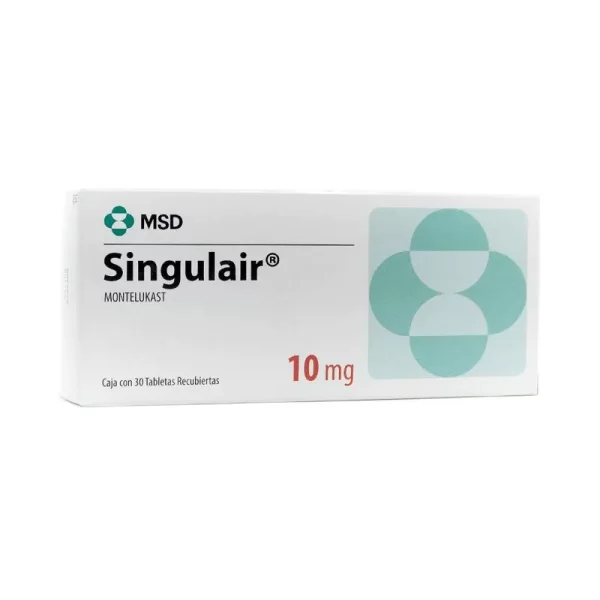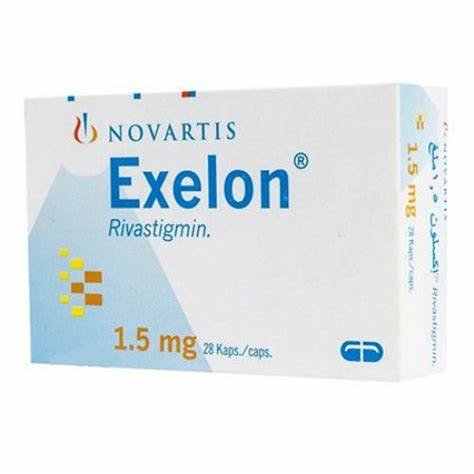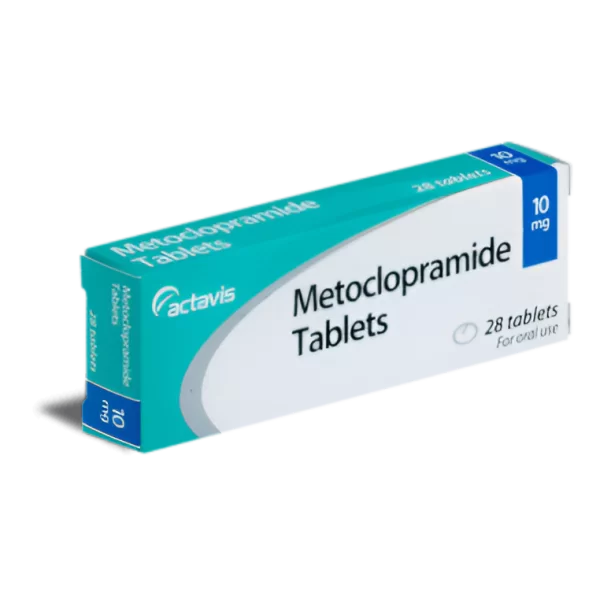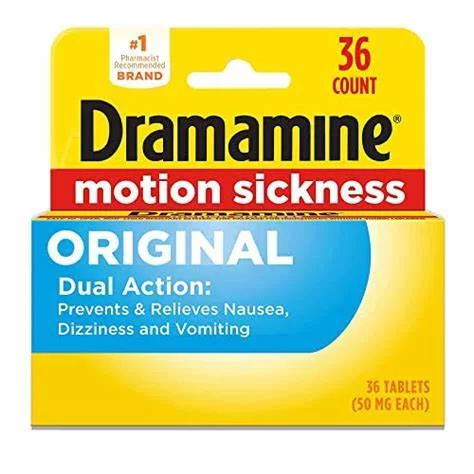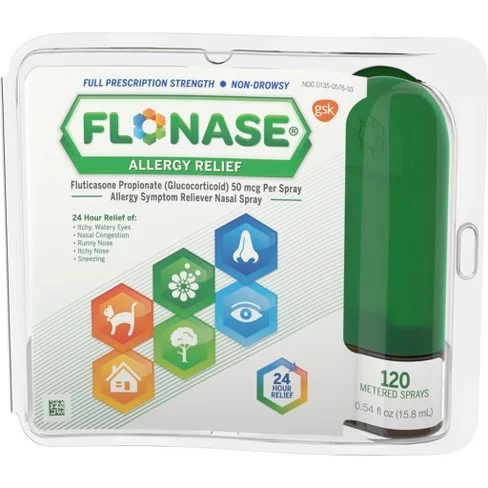
Flonase
Flonase - 50mcg
| Product | Per Pill | Savings | Per Pack | Order |
|---|---|---|---|---|
| 1 nasal sprays | $36.59 | $36.59 | Buy Now | |
| 2 nasal sprays | $32.16 | $8.86 | $73.17 $64.31 | Buy Now |
| 3 nasal sprays | $30.68 | $17.72 | $109.75 $92.03 | Buy Now |
| 4 nasal sprays | $29.94 | $26.59 | $146.35 $119.76 | Buy Now |
| 5 nasal sprays | $29.50 | $35.45 | $182.93 $147.48 | Buy Now |
| 6 nasal sprays | $29.20 | $44.31 | $219.52 $175.21 | Buy Now |
| 7 nasal sprays | $28.99 | $53.17 | $256.10 $202.93 | Buy Now |
| 8 nasal sprays | $28.83 | $62.03 | $292.68 $230.65 | Buy Now |
| 9 nasal sprays | $28.71 | $70.90 | $329.28 $258.38 | Buy Now |
| 10 nasal sprays | $28.61 | $79.76 | $365.86 $286.10 | Buy Now |
Overview of Flonase
General Introduction to Flonase
- Flonase, generically known as fluticasone propionate, is a corticosteroid used primarily to treat allergic and non-allergic rhinitis. It helps alleviate symptoms such as nasal congestion, sneezing, and runny or itchy nose. Flonase is available as a nasal spray.
Key Benefits and Unique Properties of Flonase
- Effective Symptom Relief: Flonase provides significant relief from nasal symptoms associated with allergies, including both seasonal and perennial allergic rhinitis.
- Non-Drowsy Formula: Unlike some antihistamines, Flonase does not cause drowsiness, allowing patients to maintain their daily activities without interference.
- Long-Lasting Relief: A single dose can provide relief for up to 24 hours, making it convenient for once-daily use.
- Anti-Inflammatory Action: Flonase reduces inflammation in the nasal passages, addressing the root cause of symptoms rather than just masking them.
- Direct Application: As a nasal spray, Flonase delivers medication directly to the affected area, ensuring targeted and efficient symptom relief.
- Minimal Systemic Absorption: The medication acts locally in the nasal passages, reducing the risk of systemic side effects common with oral corticosteroids.
Effectiveness of Flonase
- Clinical studies have demonstrated that Flonase is highly effective in reducing nasal symptoms associated with allergic rhinitis. Patients typically experience a noticeable improvement in symptoms within a few days of starting treatment, with maximum benefits observed after one to two weeks of consistent use.
Safety and Tolerability of Flonase
- Flonase is generally well-tolerated. Common side effects include nasal dryness or irritation, headache, and minor nosebleeds. Serious side effects are rare but can include hypersensitivity reactions. Regular use as directed and proper nasal spray technique can help minimize side effects.
Indications for Use of Flonase
Diseases and Conditions Treated by Flonase
- Flonase is indicated for the treatment of allergic rhinitis (both seasonal and perennial) and non-allergic rhinitis. It is effective in managing symptoms such as nasal congestion, sneezing, and runny or itchy nose.
Primary Symptoms and Indications for Flonase
- Allergic Rhinitis: Reduces symptoms such as nasal congestion, sneezing, and runny or itchy nose associated with allergies.
- Non-Allergic Rhinitis: Provides relief from similar symptoms in patients who do not have allergies but suffer from rhinitis due to other causes.
Dosage and Administration of Flonase
Recommended Dosage of Flonase
- The recommended dose for adults and children over 12 years old is two sprays in each nostril once daily, preferably in the morning. For maintenance therapy, the dose can be reduced to one spray in each nostril once daily. For children aged 4 to 11 years, the recommended dose is one spray in each nostril once daily.
Timing and Frequency of Flonase Administration
- Once Daily: Flonase should be taken once daily, preferably in the morning, to provide 24-hour symptom relief.
- Consistency: It is important to use Flonase consistently every day to achieve the best results.
Additional Recommendations for Flonase Use
- Proper Technique: Shake the bottle well before each use and follow the instructions for proper nasal spray technique to ensure the medication is delivered effectively.
- Missed Dose: If a dose is missed, take it as soon as remembered unless it is almost time for the next dose. Do not double the dose to make up for the missed one.
Mechanism of Action of Flonase
Description of Flonase Mechanism
- Flonase works by inhibiting multiple types of cells and mediators involved in inflammation, including histamines, cytokines, and leukotrienes. This broad anti-inflammatory action reduces swelling and irritation in the nasal passages, relieving symptoms of rhinitis.
Biochemical Processes Involving Flonase
- Inflammation Reduction: Flonase reduces the activity of inflammatory cells such as eosinophils and mast cells, which play a key role in allergic reactions.
- Mucosal Action: The medication acts locally in the nasal passages, minimizing systemic absorption and reducing the risk of systemic side effects.
Physiological Effects of Flonase
- Nasal Symptom Relief: Reduces nasal congestion, sneezing, and itching by targeting the inflammatory response.
- Improved Breathing: Helps open nasal passages, making it easier to breathe through the nose.
Composition of Flonase
Active Ingredients in Flonase
- The active ingredient in Flonase is fluticasone propionate, a synthetic corticosteroid that provides anti-inflammatory action.
Inactive Ingredients in Flonase
- Inactive ingredients may include microcrystalline cellulose, carboxymethylcellulose sodium, dextrose, benzalkonium chloride, phenylethyl alcohol, and purified water. These ingredients help stabilize the formulation and ensure proper delivery of the medication.
Side Effects of Flonase
General Introduction
- Understanding potential side effects helps ensure the safe use of Flonase. Patients should be aware of common and serious side effects to monitor their health effectively while on the medication.
Possible Side Effects of Flonase
- Common Side Effects: Nasal dryness or irritation, headache, and minor nosebleeds. These side effects are usually mild and transient.
- Less Common Side Effects: Some patients may experience a sore throat, cough, or unpleasant taste and smell.
- Serious Side Effects: Rare but serious side effects include hypersensitivity reactions (e.g., rash, itching, swelling, severe dizziness, difficulty breathing). Immediate medical attention is required if any serious side effects occur.
Frequency and Severity of Flonase Side Effects
- Common side effects are generally mild and do not significantly interfere with daily activities. Severe side effects are rare but can be serious, necessitating immediate medical intervention. Regular follow-ups and patient education on correct usage can minimize risks.
Prevention of Side Effects of Flonase
General Introduction
- Preventing side effects is key to maximizing the therapeutic benefits of Flonase. By following preventive measures, patients can reduce the likelihood of experiencing adverse reactions.
Tips for Preventing Flonase Side Effects
- Proper Technique: Use Flonase as directed, following the instructions for proper nasal spray technique.
- Regular Monitoring: Regular check-ups with healthcare providers can help detect and manage potential side effects early.
- Healthy Practices: Maintain nasal hygiene and avoid known allergens to enhance the effectiveness of Flonase.
- Consult Healthcare Providers: Inform your healthcare provider about any other medications or supplements to avoid potential interactions.
Contraindications for Flonase
General Introduction
- Understanding contraindications ensures the safe use of Flonase. Certain conditions and diseases may preclude the use of this medication.
Conditions and Diseases Contraindicating Flonase
- Hypersensitivity: Patients with a known hypersensitivity to fluticasone propionate or any of its components should not use this medication. Allergic reactions can include symptoms such as rash, itching, swelling, and difficulty breathing.
- Recent Nasal Surgery or Trauma: Flonase should be used with caution in patients who have recently undergone nasal surgery or experienced nasal trauma, as it may impede healing.
Warnings/Precautions for Flonase
General Introduction
- Following precautions is essential to ensure the safe and effective use of Flonase. Patients should be informed about potential risks and how to mitigate them.
Important Warnings for Flonase
- Local Effects: Flonase can cause localized effects such as nasal irritation and nosebleeds. Proper use and technique can minimize these effects.
- Growth Suppression: Long-term use in children may lead to growth suppression. Regular monitoring of growth is recommended.
- Immune System Suppression: Corticosteroids can suppress the immune system. Patients should be monitored for signs of infections.
Precautions for Flonase Use
- Regular Monitoring: Regular check-ups with healthcare providers are essential to monitor for potential side effects and ensure effective treatment.
- Patient Education: Patients should be educated on the proper use of Flonase, recognizing signs of serious side effects, and when to seek medical help.
Missed Dose of Flonase
General Introduction
- Proper management of missed doses helps maintain effective symptom control. Patients should be aware of how to handle missed doses to avoid disruptions in their treatment regimen.
What to Do If a Dose of Flonase is Missed
- If a dose is missed, take it as soon as remembered unless it is almost time for the next dose. In such cases, the missed dose should be skipped, and the patient should continue with the regular dosing schedule. It is important not to double the dose to make up for the missed one, as this can increase the risk of side effects.
Tips for Adherence to Flonase
- Reminders: Use alarms or medication organizers to help remember to take Flonase as prescribed.
- Routine: Take the medication at the same time each day to develop a routine and reduce the chances of missing a dose.
Drug Interaction with Flonase
General Introduction
- Understanding potential drug interactions helps in avoiding adverse effects and ensuring the effectiveness of Flonase. Patients should be aware of common interactions and how to manage them.
Examples of Interactions with Flonase
- Ritonavir and Ketoconazole: These drugs can increase the levels of fluticasone in the body, leading to an increased risk of systemic side effects.
- Other Corticosteroids: Concurrent use with other corticosteroids can increase the risk of systemic corticosteroid effects.
How to Avoid Negative Interactions with Flonase
- Medication Review: Regularly review all medications with healthcare providers to identify and manage potential interactions before they cause adverse effects.
- Inform Healthcare Providers: Always inform healthcare providers of all medications being taken, including over-the-counter drugs and supplements, to ensure safe and effective use of Flonase.
Overdose of Flonase
Symptoms of Flonase Overdose
- Overdosing on Flonase can lead to symptoms such as nasal irritation, headache, and increased susceptibility to infections. Chronic overuse can cause systemic corticosteroid effects such as Cushing's syndrome, characterized by weight gain, hypertension, and changes in mood or behavior.
Actions to Take in Case of Flonase Overdose
- Immediate Measures: Seek emergency medical attention or call a poison control center immediately if an overdose is suspected. It is important to provide healthcare professionals with information about the amount of medication taken and the time of ingestion.
- First Aid: While waiting for medical help, provide supportive care to the affected individual. This includes maintaining an open airway, monitoring vital signs, and keeping the person comfortable. Do not induce vomiting unless instructed by a healthcare professional.
Pharmacokinetics of Flonase
Absorption of Flonase
- Flonase is absorbed locally in the nasal passages with minimal systemic absorption. The systemic bioavailability of fluticasone propionate is less than 2%, minimizing the risk of systemic side effects.
Distribution of Flonase
- Once absorbed, fluticasone propionate is widely distributed in the nasal tissues, providing localized anti-inflammatory effects. Minimal systemic distribution occurs due to low bioavailability.
Metabolism of Flonase
- Fluticasone propionate undergoes extensive first-pass metabolism in the liver, resulting in inactive metabolites. This limits the amount of active drug reaching the systemic circulation.
Elimination of Flonase
- The metabolites of fluticasone propionate are primarily excreted via the feces, with less than 1% excreted in the urine. The elimination half-life of fluticasone propionate is approximately 7.8 hours.
Dosage Forms of Flonase
Available Dosage Forms of Flonase
- Flonase is available as a nasal spray, typically in dosages of 50 mcg per spray. Each bottle contains 120 metered sprays, providing a convenient and precise dosing method.
Advantages of Flonase Dosage Forms
- Nasal Spray: Provides direct application to the nasal passages, ensuring effective symptom relief with minimal systemic absorption. The metered spray design ensures consistent and accurate dosing.
Pregnancy and Breastfeeding with Flonase
Safety of Flonase Use During Pregnancy and Breastfeeding
- The safety of Flonase during pregnancy and breastfeeding has not been fully established. Animal studies have shown some adverse effects on the fetus, but there are no adequate and well-controlled studies in pregnant women. Flonase should be used during pregnancy only if the potential benefits justify the potential risks to the fetus. Flonase is excreted in human milk, and due to the potential for serious adverse reactions in nursing infants, a decision should be made whether to discontinue nursing or discontinue the drug, taking into account the importance of the drug to the mother.
Recommendations for Pregnant and Nursing Mothers Using Flonase
- Pregnancy: Use Flonase with caution during pregnancy. Pregnant women should consult their healthcare provider before starting or continuing this medication. Comprehensive risk-benefit analysis is essential to ensure the safety of both mother and child.
- Breastfeeding: Nursing mothers should consult their healthcare provider to weigh the benefits and risks of using Flonase while breastfeeding. Regular monitoring of the infant for any adverse effects is recommended if the mother continues to use the medication.
- Consultation: Pregnant and nursing mothers should have regular consultations with their healthcare provider to monitor their condition and the health of their baby. Adjustments to the treatment plan may be necessary based on the mother’s and baby’s health status.
Storage Conditions for Flonase
Recommended Storage Conditions for Flonase
- Flonase should be stored at room temperature between 20°C to 25°C (68°F to 77°F). The medication should be kept in its original container, tightly closed, and out of reach of children. Protecting the medication from light and moisture helps maintain its stability and effectiveness.
Temperature and Other Conditions for Flonase Storage
- Temperature: Avoid storing Flonase in extreme temperatures (above 30°C or below 15°C). High temperatures can degrade the active ingredient, while low temperatures can affect the spray mechanism.
- Moisture Protection: Keep the medication away from high humidity environments such as bathrooms. Exposure to moisture can cause the spray to become clogged or lose potency.
- Shelf Life: Check the expiration date on the packaging and do not use the medication past this date. Proper adherence to storage guidelines ensures the medication remains effective throughout its shelf life. If the medication shows any signs of deterioration, such as changes in color or consistency, it should be discarded.
Clinical Trials and Efficacy of Flonase
Overview of Flonase Clinical Trials
- Flonase has been evaluated in numerous clinical trials to assess its efficacy and safety in treating allergic and non-allergic rhinitis. These studies typically involve large patient populations with various demographics and conditions. The trials are designed to measure improvements in symptoms such as nasal congestion, sneezing, and itching.
Key Findings and Conclusions of Flonase Studies
- Efficacy: Clinical trials consistently show that Flonase significantly reduces symptoms of allergic and non-allergic rhinitis. These findings highlight the medication’s effectiveness in improving patients’ quality of life and disease management.
- Safety: The safety profile of Flonase is well-documented, with a low incidence of severe side effects when used as directed. Long-term studies confirm its tolerability and continued effectiveness over extended periods. Patients generally experience minimal side effects, making it a reliable and safe treatment option for managing rhinitis symptoms.
- Comparison: Flonase’s efficacy is comparable to other nasal corticosteroids but with a favorable side effect profile. It provides an effective alternative or adjunctive therapy for patients who need comprehensive management of rhinitis symptoms.
Conclusion
Overview of Key Aspects
- Flonase is an effective and well-tolerated nasal corticosteroid for managing symptoms of allergic and non-allergic rhinitis. Its mechanism of action involves reducing inflammation in the nasal passages, providing significant relief from symptoms such as nasal congestion, sneezing, and itching. Clinical trials have demonstrated its ability to provide significant symptom relief and improve patients' quality of life. The medication is available as a nasal spray, making it convenient and easy to use.
Key Advantages and General Recommendations
- Key Advantages:
- Effective Symptom Relief: Provides significant relief from nasal symptoms associated with allergic and non-allergic rhinitis.
- Non-Drowsy Formula: Does not cause drowsiness, allowing patients to maintain their daily activities.
- Long-Lasting Relief: Offers 24-hour relief with once-daily use.
- Anti-Inflammatory Action: Reduces inflammation in the nasal passages, addressing the root cause of symptoms.
- Favorable Side Effect Profile: Minimal systemic absorption reduces the risk of serious side effects.
- General Recommendations:
- Dosages: Follow the prescribed dosages for allergic and non-allergic rhinitis.
- Precautions: Regular monitoring for potential side effects and proper nasal spray technique.
- Therapy Enhancement: Maintain nasal hygiene and avoid known allergens to enhance the effectiveness of Flonase.
- Key Advantages:
